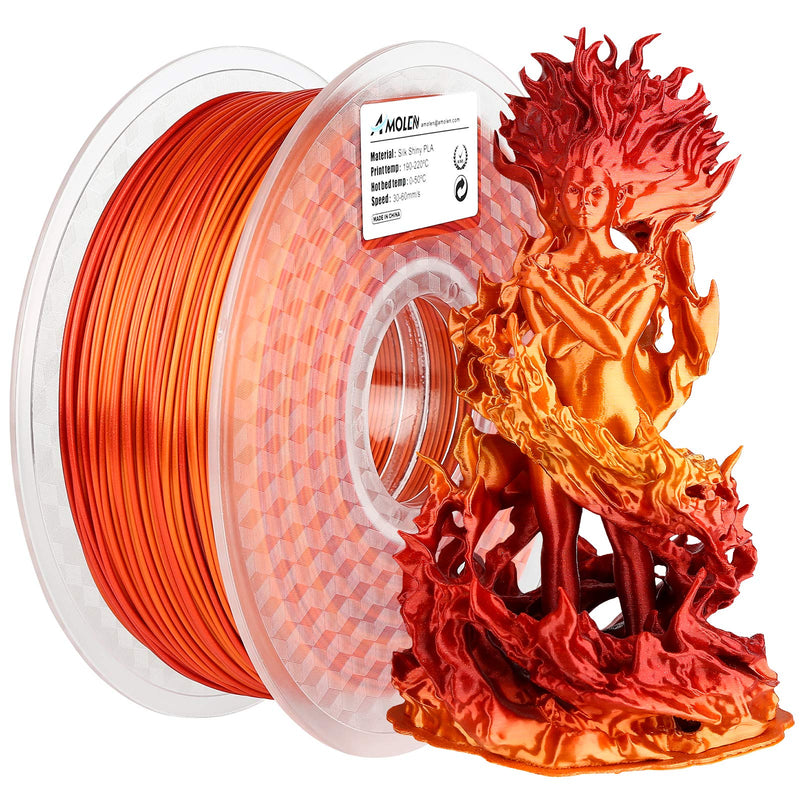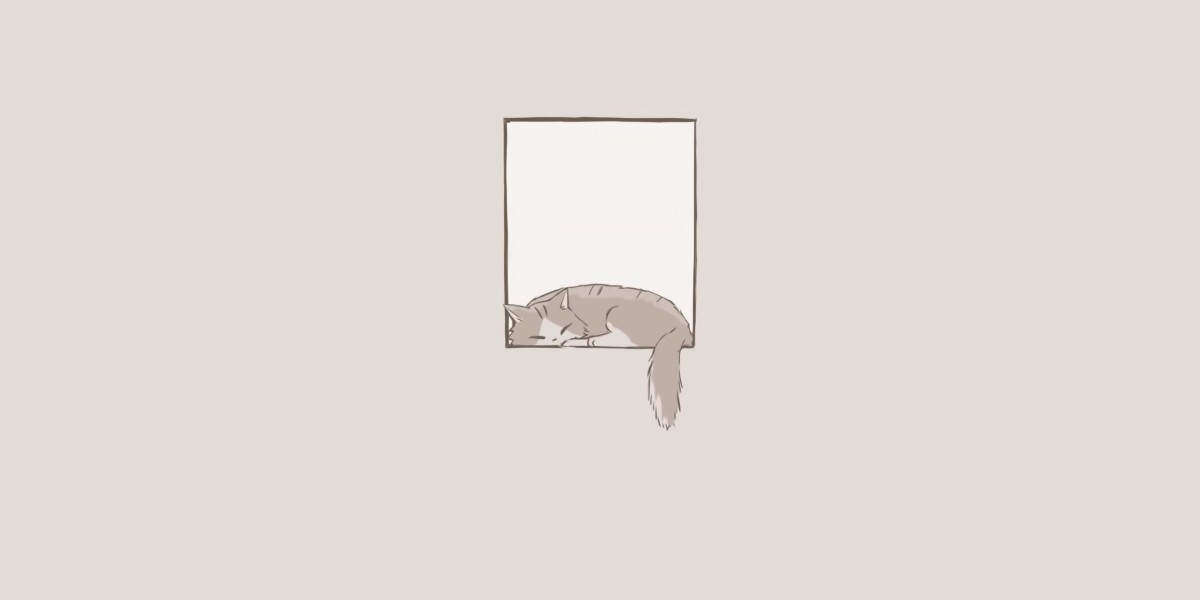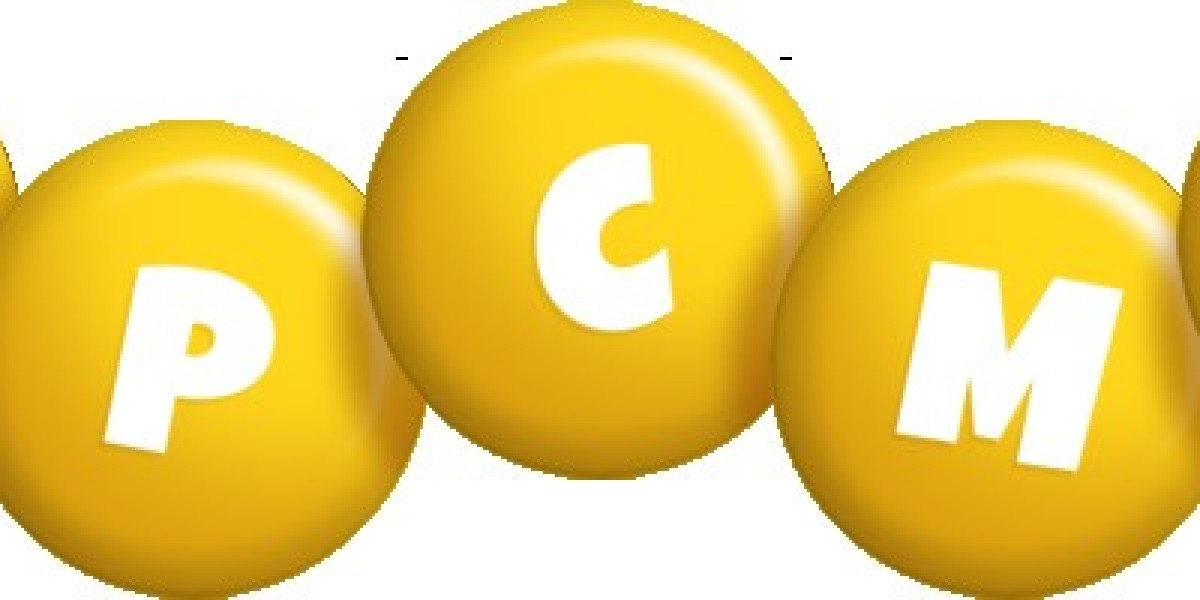Unleash Your Creativity: Discover the Ultimate 3D Printer Filament Secrets!
In the world of digital fabrication, 3D printing stands out as a revolutionary technology that empowers individuals and businesses to create remarkable objects from their imagination. However, the magic of 3D printing lies not only in the printer itself but significantly in the choice of filament used. The quality, type, and characteristics of the filament can dramatically influence the final results, from the strength and durability of the print to its aesthetic appeal. As 3D printing grows in popularity among hobbyists, educators, and professionals, understanding how to choose the right filament becomes essential. This article will explore the best places to buy 3D printer filament, ensuring you have the resources to bring your creative visions to life.

Understanding 3D Printer Filaments
When diving into the world of 3D printing, it's crucial to familiarize yourself with the various types of filaments available. The most commonly used filament is PLA (Polylactic Acid), known for its ease of use and biodegradable properties, making it an excellent choice for beginners. PLA prints beautifully and is available in an array of colors, which makes it perfect for aesthetically pleasing models. On the other hand, ABS (Acrylonitrile Butadiene Styrene) is favored for its strength and heat resistance, which is vital for functional parts; however, it does require a heated bed and can emit fumes during printing. PETG (Polyethylene Terephthalate Glycol) combines the best of both worlds, offering the durability of ABS with the ease of use of PLA. It produces strong, flexible prints that are also food-safe, making it ideal for kitchenware. Other filaments like TPU (Thermoplastic Polyurethane) provide flexibility and rubber-like properties, while specialty filaments such as nylon and composites offer unique finishes and enhanced performance for specific applications. Understanding these options helps you select the filament that best suits your project needs.
Factors to Consider When Buying Filament
Choosing the right filament for your 3D printing project involves several critical factors. Firstly, material type is paramount—each type of filament has distinct characteristics that influence print quality and durability. Next, consider the diameter of the filament. Most printers use either 1.75mm or 2.85mm filament; using the wrong size can lead to issues like clogging and inconsistent extrusion. Color options also matter, particularly for projects where aesthetics are essential; many manufacturers offer a wide range of colors, including translucent and glow-in-the-dark varieties. However, the quality of the filament is perhaps the most important factor. High-quality filaments tend to have better consistency in diameter, fewer impurities, and enhanced adhesion, resulting in successful prints. Reading reviews and seeking recommendations can guide you in selecting a reliable source for your filament. Each of these factors plays a crucial role in ensuring that your 3D printing experience is smooth and successful.
Best Places to Buy 3D Printer Filament
When it comes to purchasing 3D printer filament, you have several options at your disposal. Online retailers are among the most popular choices, offering a vast selection of filaments in various types, colors, and brands. Shopping online often provides the advantage of customer reviews, which can help you make informed decisions based on others' experiences. However, shipping times can be a drawback, especially when you need filament in a hurry. Local craft stores can also be a great option, allowing you to see and feel the filament before purchasing. These stores may carry a limited selection but can offer immediate access to supplies for those last-minute projects. Specialty shops dedicated to 3D printing often have knowledgeable staff who can provide personalized recommendations and support. While they may be pricier, the quality and expertise can be worth the investment. Each option has its pros and cons, so consider your specific needs and preferences when deciding where to buy your filament.
Tips for Choosing the Right Filament for Your Project
Choosing the right filament for your specific project can significantly enhance your printing experience. Start by assessing the requirements of your project. If durability is essential, consider materials like ABS or PETG, which can withstand wear and tear. For projects requiring flexibility, TPU is a great choice. Aesthetic considerations should not be overlooked either; the right color and finish can make a significant difference in the final product's visual appeal. Additionally, don't hesitate to experiment with different materials. Many enthusiasts find that trying out various filaments inspires creativity and leads to unexpected results. Keep in mind the printing settings that each filament requires, as these can vary widely. Ultimately, the goal is to find a filament that aligns with your project's needs while allowing your creativity to shine.
Key Takeaways for Successful Filament Selection
In conclusion, selecting the right 3D printer filament is a pivotal step in your 3D printing journey. By understanding the different types of filaments, considering key factors like material type and quality, and exploring the best places to buy, you can ensure successful printing outcomes. Remember, the right filament can make all the difference in achieving your creative visions. So, whether you choose to shop online, visit local stores, or consult specialty shops, take the time to explore your options. Unleash your creativity and enjoy the wonderful world of 3D printing!







